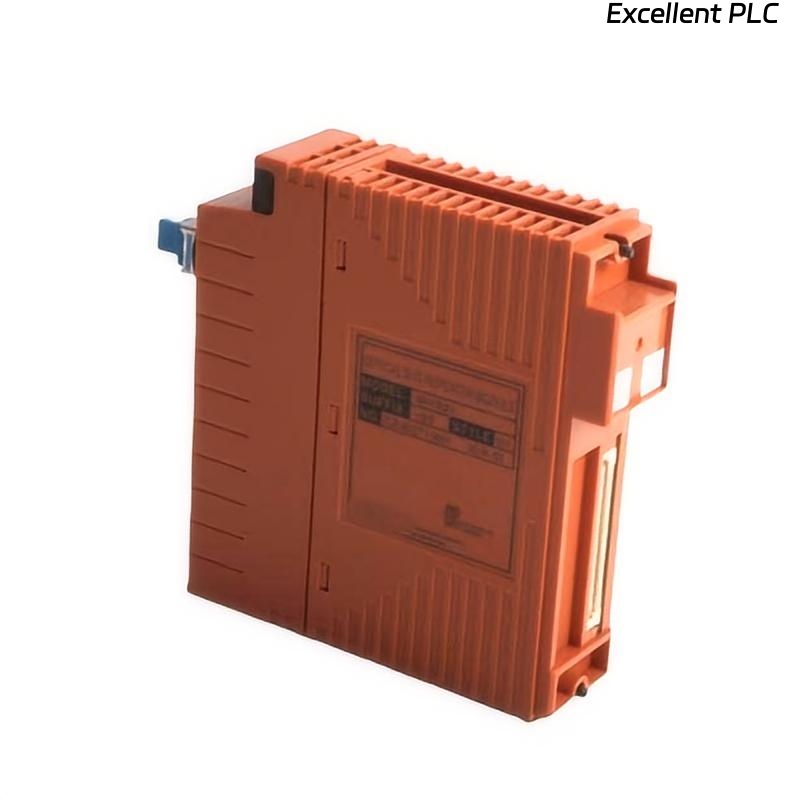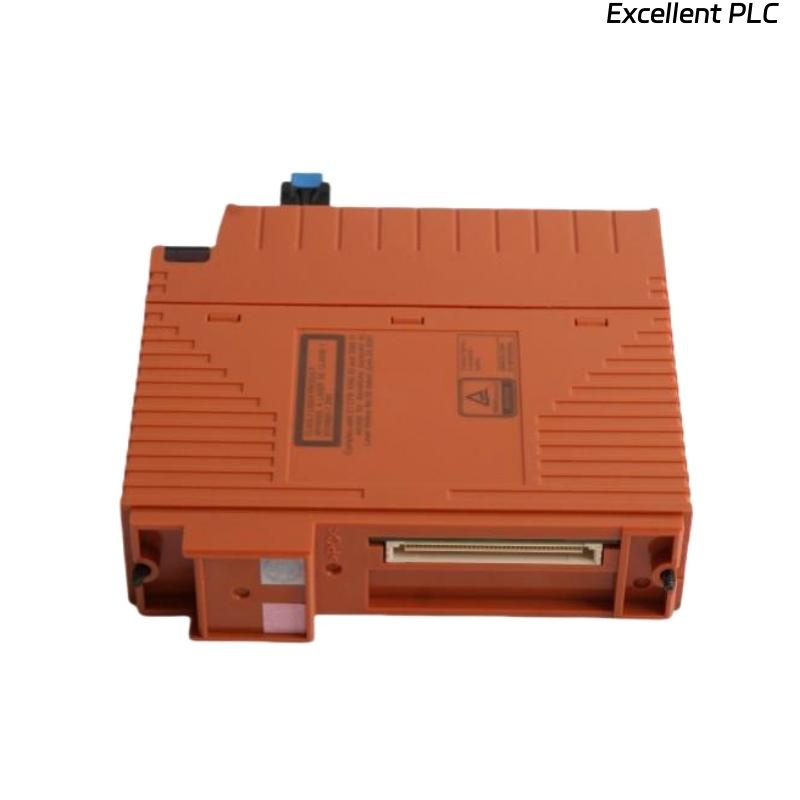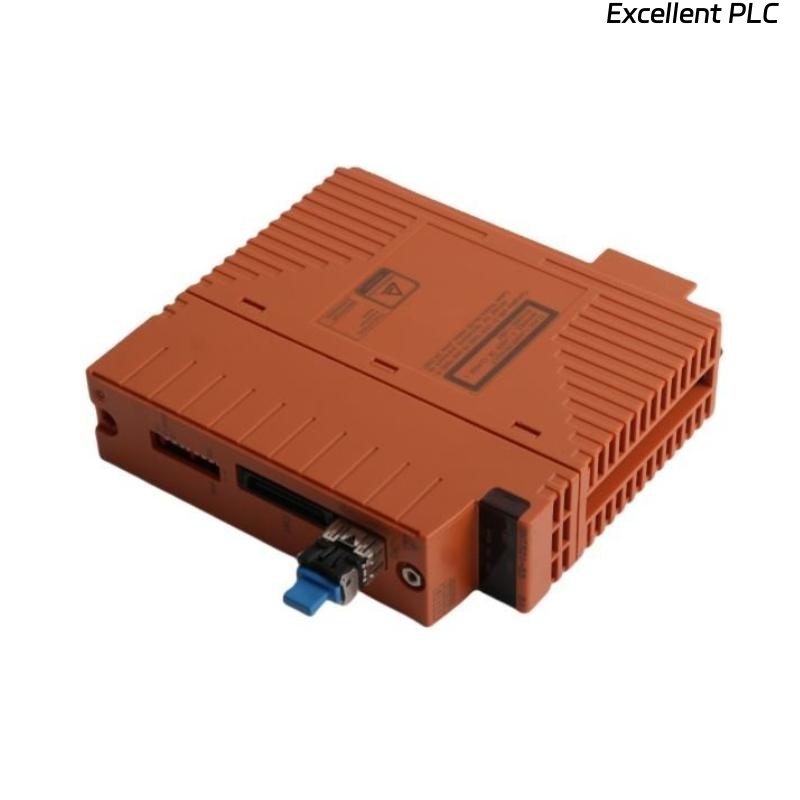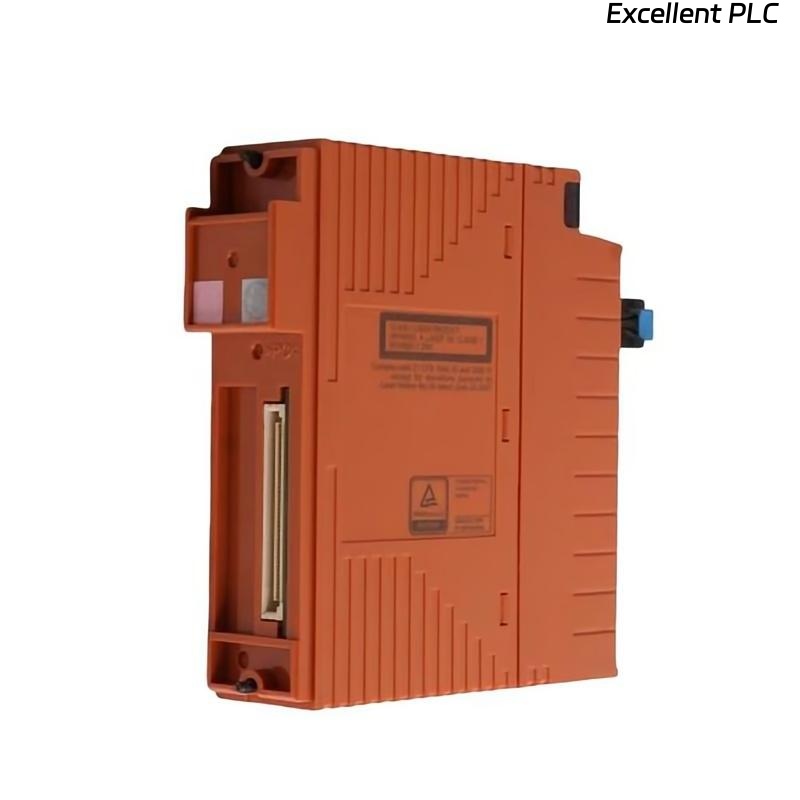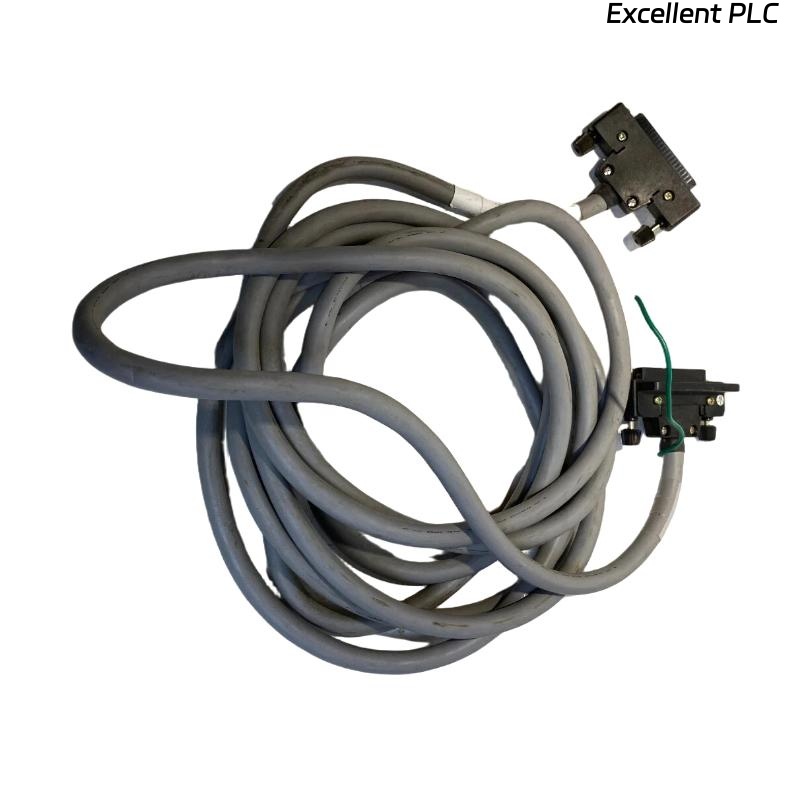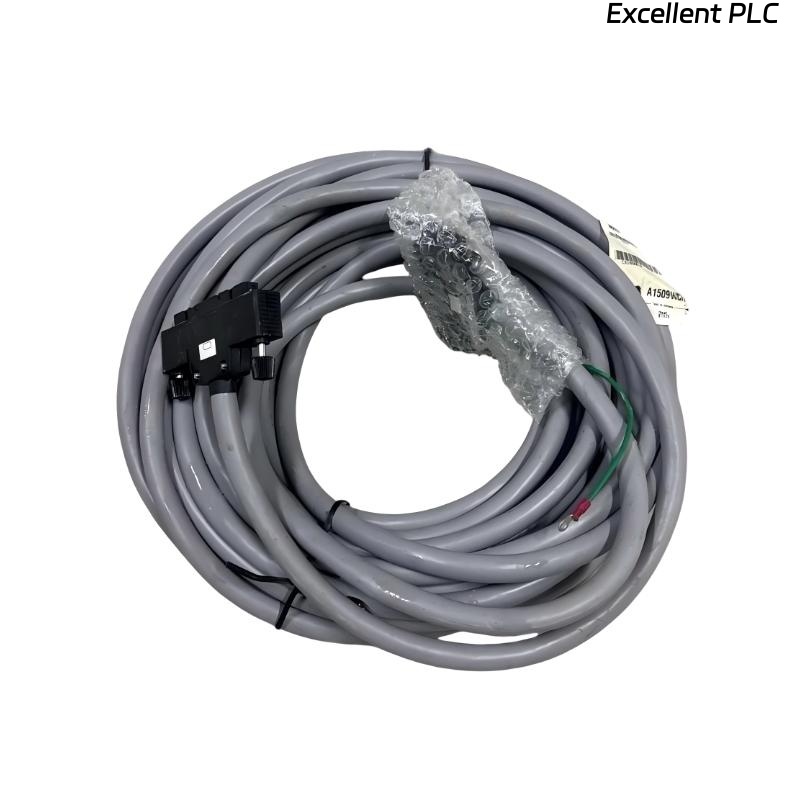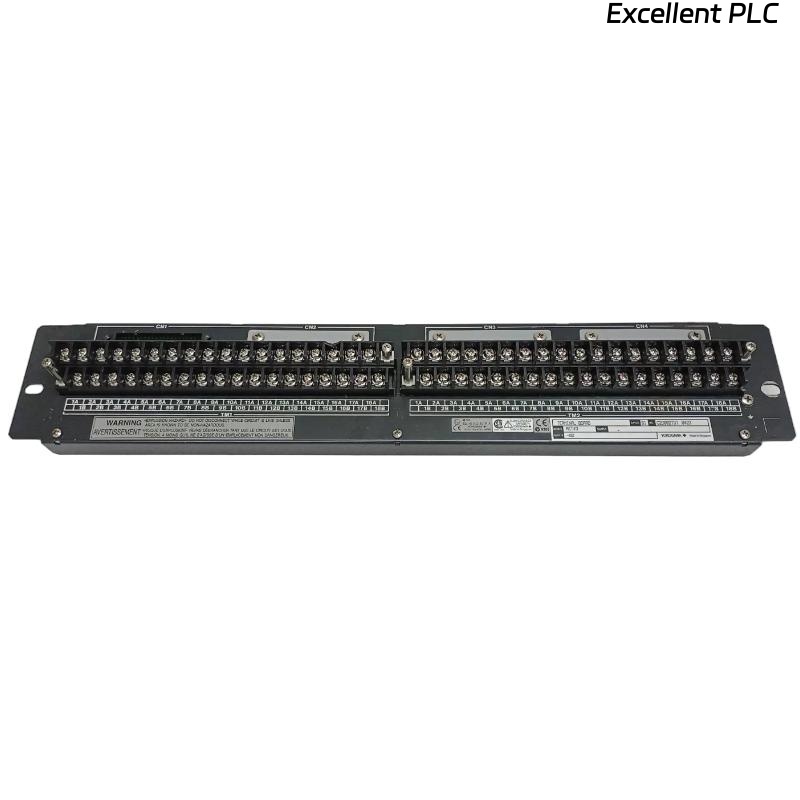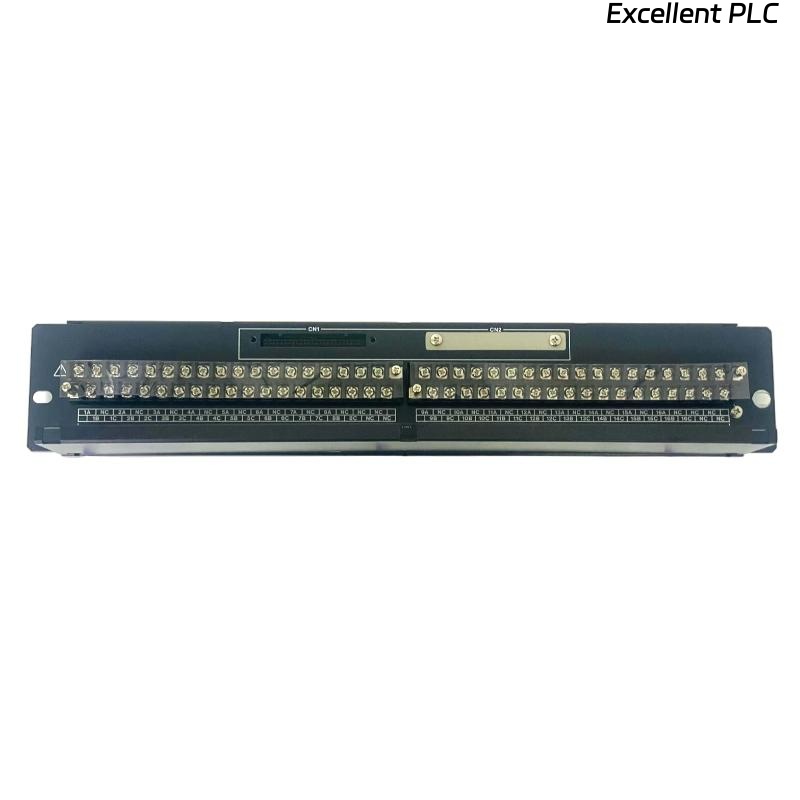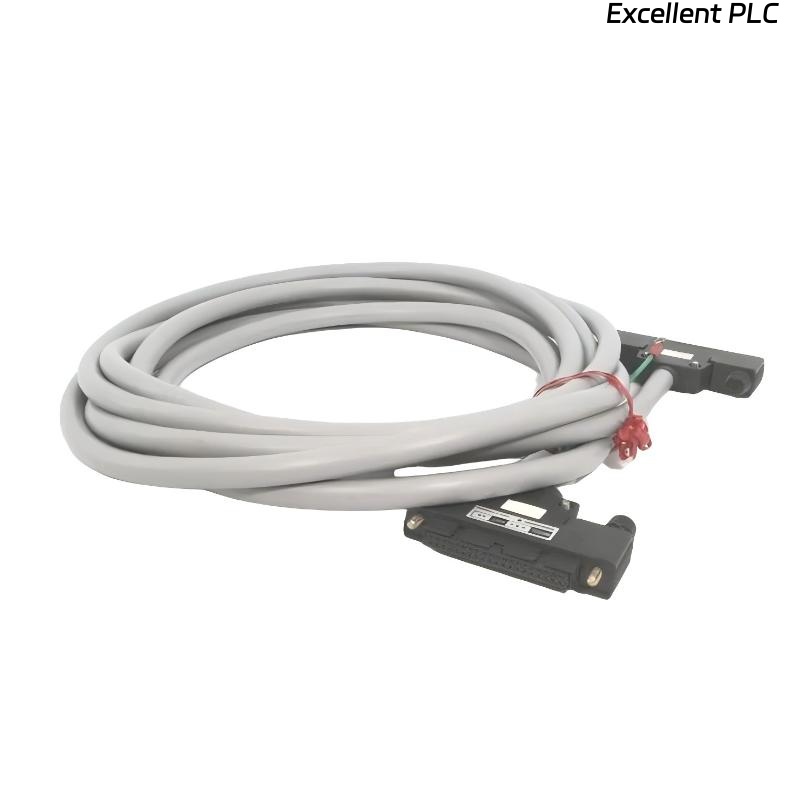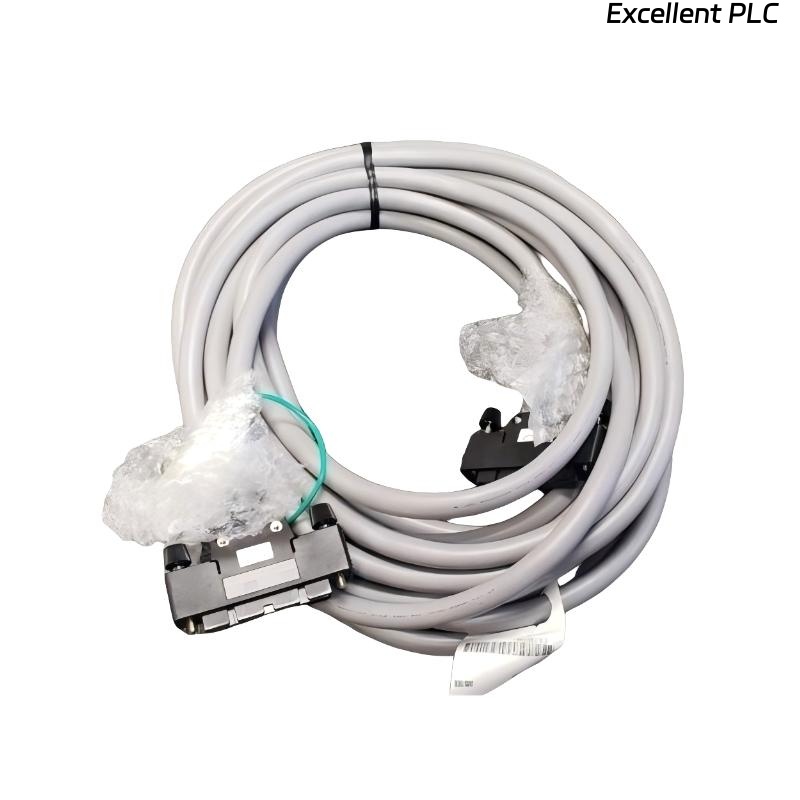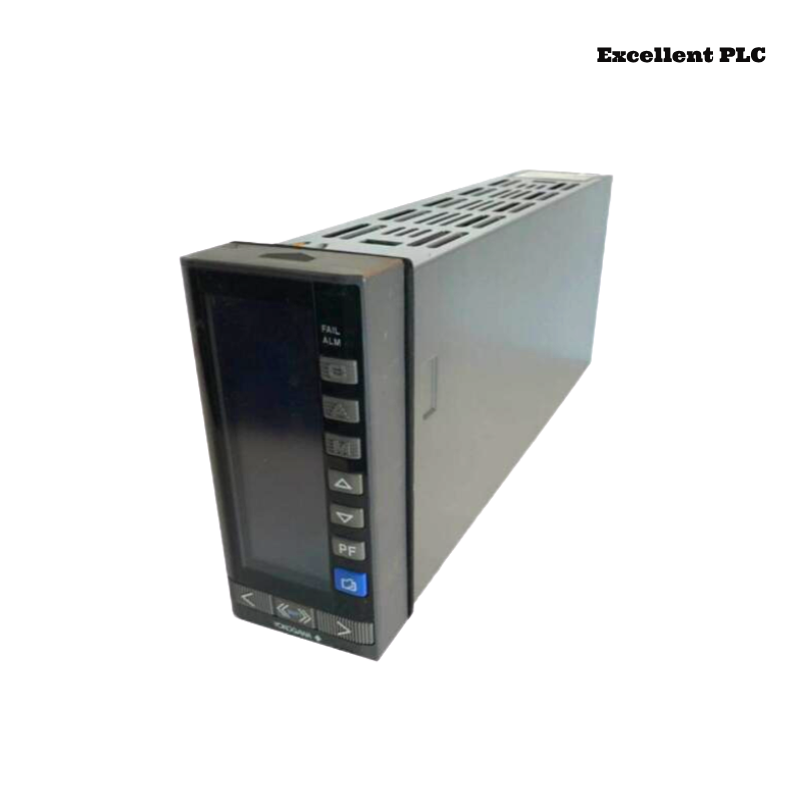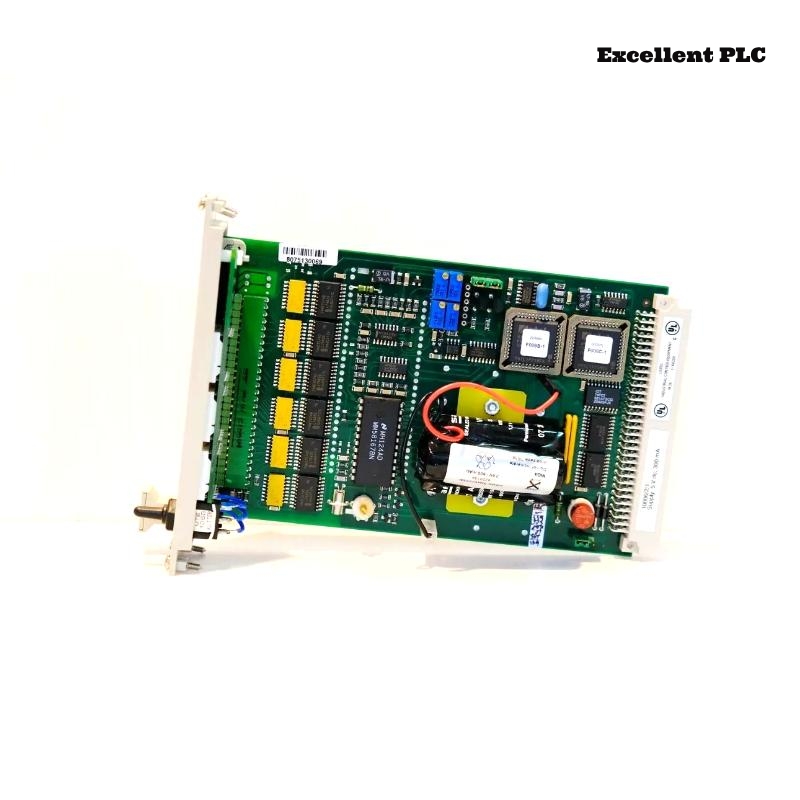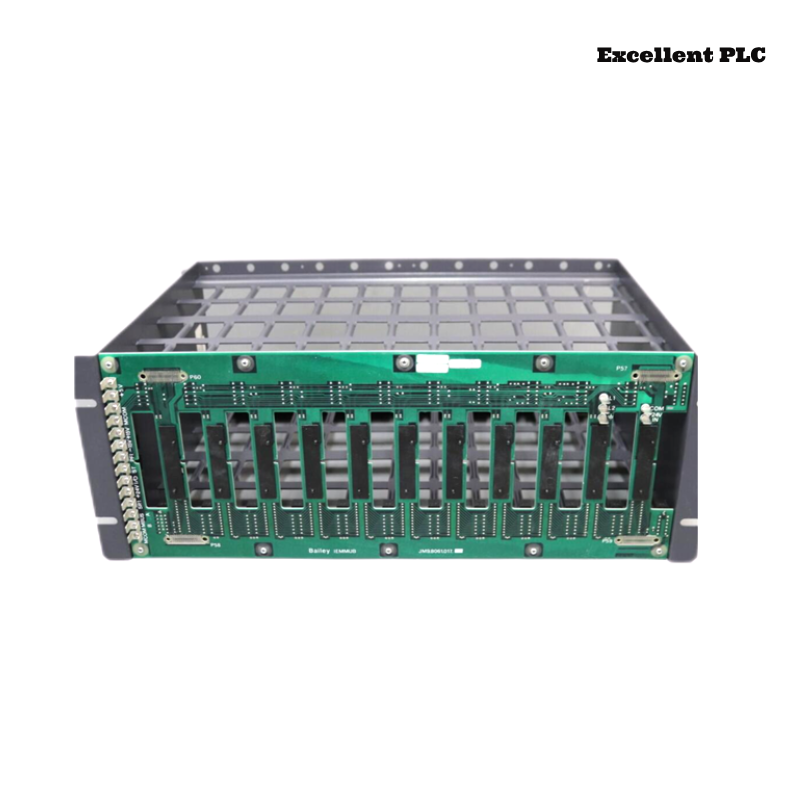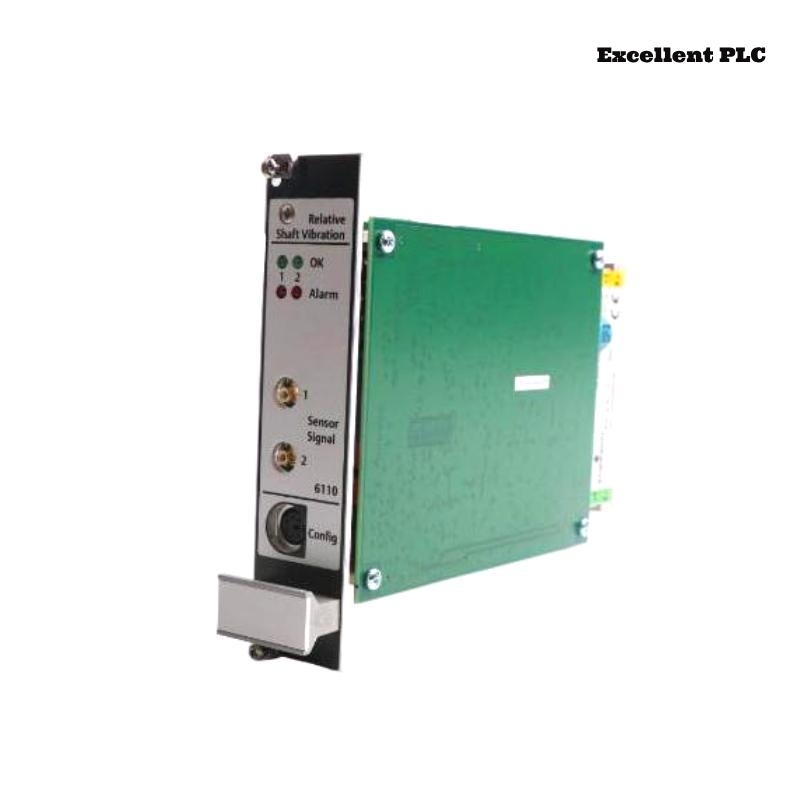| Company Information | ||||||||
| [email protected] | ||||||||
| Mobile | +8613666033393 | |||||||
| +8613666033393 | ||||||||
| 13666033393 | ||||||||
| Add | Room 1004, No. 62 Xiangxiu Li, Siming District, Xiamen City, Fujian Province, China | |||||||
Product Introduction
The Yokogawa SNT521-53 Optical ESB Bus Repeater Slave Module is a specialized communication component used within Yokogawa’s control system architecture. Designed for optical ESB (Embedded System Backbone) bus networks, this module extends the communication range, ensures stable data transfer, and enhances reliability in distributed automation systems. As a slave repeater, the SNT521-53 receives optical signals from the ESB bus master or upstream modules and regenerates them for downstream devices.
This module plays an essential role in maintaining the robustness of plant-wide control and monitoring systems. It is commonly applied in demanding industrial environments where noise immunity, data integrity, and system redundancy are critical requirements.
Product Specifications
| Parameter | Specification |
|---|---|
| Model Number | SNT521-53 |
| Product Type | Optical ESB Bus Repeater (Slave Module) |
| Communication Method | Optical Fiber Transmission |
| Supported Protocol | ESB Bus Protocol |
| Data Transfer Rate | High-speed deterministic communication |
| Optical Ports | Dual-port configuration (in/out) |
| Power Supply | 24 V DC |
| Operating Temperature | 0°C to 55°C |
| Storage Temperature | -20°C to 70°C |
| Humidity Tolerance | 5% to 95% RH (non-condensing) |
| Shock Resistance | 15 g, 11 ms |
| Vibration Resistance | 2 g, 10–150 Hz |
| EMC Compliance | IEC/EN standards |
| Dimensions | 142.5 x 130 x 32.8 mm |
| Weight | 0.3 kg |
| Certifications | CE, RoHS, TÜV |
Applications
The SNT521-53 is widely applied in industrial automation and process control systems:
-
Distributed Control Systems (DCS): Ensures reliable communication between controllers, I/O modules, and subsystems over extended distances.
-
Power Plants: Used for reliable optical signal repeaters in turbine and boiler control networks.
-
Oil & Gas: Critical for ensuring stable communication in large-scale refinery and pipeline automation.
-
Petrochemicals and Chemicals: Maintains system performance under electrically noisy conditions.
-
Pharmaceutical Manufacturing: Supports high-availability process control networks.
-
General Plant Automation: Extends ESB bus communication across multiple control cabinets and plant sections.
Advantages
-
Reliable Optical Communication: Ensures stable, long-distance data transfer without degradation.
-
Noise Immunity: Optical fiber design eliminates susceptibility to electrical interference.
-
High-Speed Performance: Supports deterministic, real-time data transfer essential for safety-critical applications.
-
Compact Design: Slim module profile allows easy integration into control panels.
-
Scalability: Facilitates extension of ESB bus networks for large industrial facilities.
-
Fault Isolation: Can isolate communication faults, preventing them from propagating downstream.
-
Certified Compliance: Meets CE, RoHS, and TÜV standards for industrial safety and environmental performance.
-
Low Maintenance: Optical design minimizes wear and long-term degradation.
FAQ
-
What is the main function of the SNT521-53 Optical ESB Bus Repeater?
It regenerates and repeats optical signals to extend ESB bus communication networks. -
Which communication protocol is supported by this module?
It supports Yokogawa’s proprietary ESB bus protocol. -
Can the SNT521-53 be used with both multimode and single-mode optical fibers?
Yes, it is compatible with both types, depending on system configuration. -
Does the module provide redundant communication capability?
Yes, dual optical ports support redundant communication paths for improved reliability. -
What is the required power supply for this module?
It operates on a 24 V DC power supply. -
How does the SNT521-53 handle electrical noise?
As an optical-based module, it is inherently immune to electromagnetic interference. -
Is the module hot-swappable during operation?
Yes, it supports hot-swapping for maintenance without shutting down the system. -
What is the typical data transfer speed supported by the ESB bus?
It supports high-speed deterministic communication optimized for real-time control. -
Can this module be integrated with Yokogawa’s CENTUM VP systems?
Yes, it integrates seamlessly as part of Yokogawa’s control system architecture. -
What diagnostic functions are available in the SNT521-53?
It includes status LEDs and internal checks for monitoring link integrity and communication health.
Related Models (Same Series or Related)
| Model Number | Type | Key Feature |
|---|---|---|
| SNT521-50 | Optical ESB Bus Repeater (Master) | Master repeater unit for ESB bus |
| SNT521-51 | Optical ESB Repeater Module | Standard optical repeater |
| SNT521-52 | Optical ESB Bus Repeater Slave | Slave unit with single optical channel |
| SNT521-54 | Optical ESB Repeater Module | Enhanced EMI-resistant design |
| SNT521-55 | Optical ESB Slave Module | Low-power consumption variant |
| SNT521-56 | ESB Bus Optical Repeater | High-speed repeater for extended networks |
Popular Models (Same Brand)
| Model Number | Type | Key Feature |
|---|---|---|
| CP451-10 | Controller Module | High-performance CPU for Yokogawa DCS |
| FIO110 | Field I/O Module | Flexible input/output expansion |
| PW482-10 | Power Supply Module | Reliable 24 V DC supply for system modules |
| ALR121 | Alarm Module | Industrial alarm and alert handling |
| AIP827-10 | Analog Input Module | High-precision analog signal acquisition |
| SAI143-H50 | Safety Analog Input Module | SIL-certified input for safety applications |
 Excellent PLC
Excellent PLC


